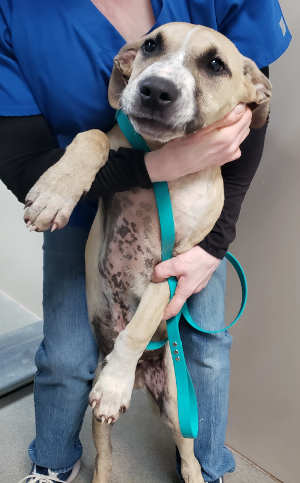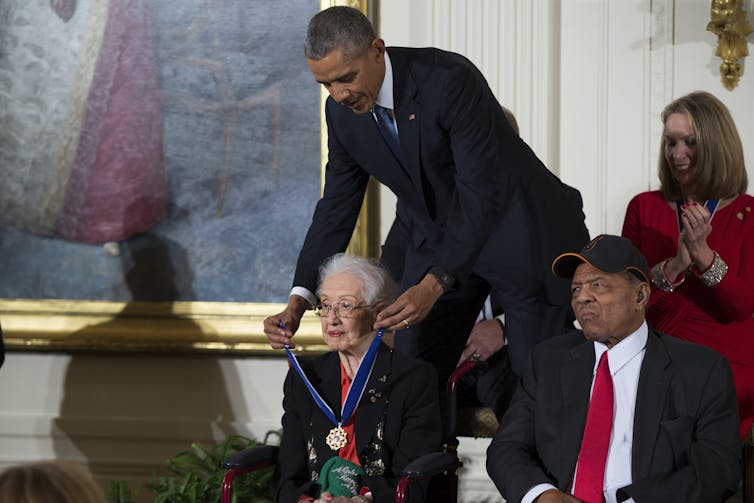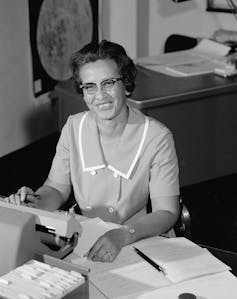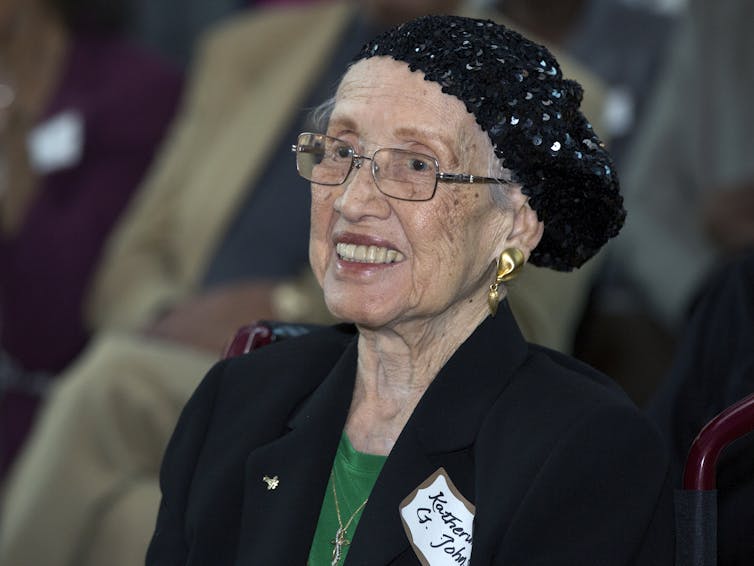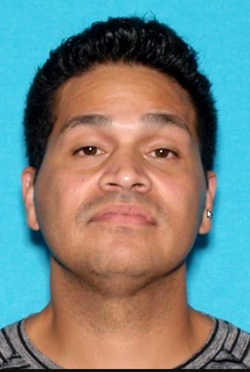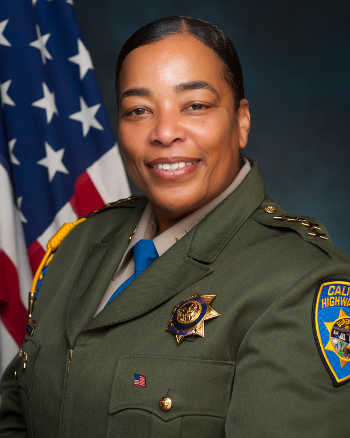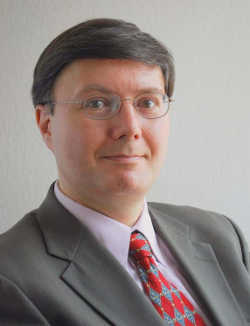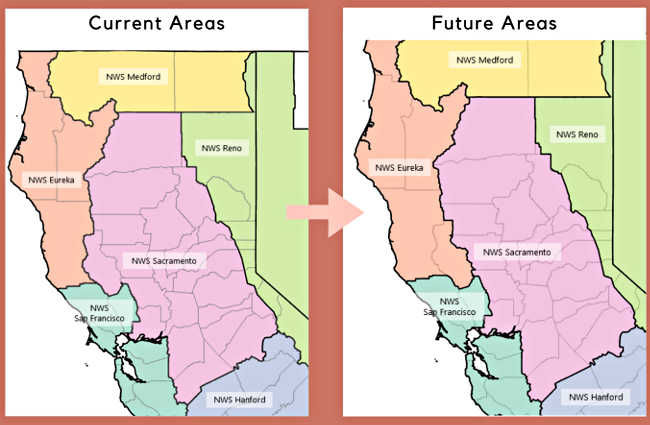LAKE COUNTY, Calif. – With the situation involving the novel coronavirus, or COVID-19, rapidly evolving, Lake County’s Public Health officer is offering the latest information on the illness and a community town hall is planned next week.
This week, the U.S. Centers for Disease Control and Prevention confirmed a possible first case of person-to-person transmission of COVID-19 in California, specifically, a resident of Solano County who is receiving medical care in Sacramento County, as Lake County News has reported.
In that case, the individual had no known exposure to the virus through travel or close contact with a known infected individual.
That brings the total number of confirmed cases in the United States to 15, with 12 related to travel and three the result of person-to-person spread, the CDC reported.
In response to local concerns, a coronavirus town hall will take place at 6:30 p.m. Monday, March 2, at Grace Evangelical Church, 6716 Live Oak Drive in Kelseyville.
Lily Woll, a local teacher and District 5 supervisorial candidate, said she’s heard from community members regarding their concerns about coronavirus, so she helped organize the event.
The event will include a panel discussion about the local preparations for dealing with coronavirus, and there will be a question and answer period following the presentations.
Woll said hospital and emergency officials, the Lake County Office of Education and Lake County Public Health Officer Dr. Gary Pace will attend. Spanish translation services will be provided.
Lake County Superintendent of Schools Brock Falkenberg said his agency’s coordinator for emergency readiness, Rob Young, will attend and take part in the panel.
Pace told Lake County News that he plans to discuss the current situation, local preparations and answer questions.
Pace offers Lake County situation update
Separately, in a Friday report, Pace noted, “The situation with the coronavirus is changing rapidly. While the risk locally continues to be very low, clearly the virus is spreading widely – now with outbreaks in Iran, Italy, Japan and South Korea – and the global impacts are beginning to be felt.”
Pace said there are currently no cases in Lake County, but regionally, there are two known cases in Humboldt County of people that had recently traveled to China.
In addition, there are two cases of repatriated travelers housed at Travis AFB who tested positive and are now being hospitalized in Napa County, with no known community contact.
Regarding the Solano County case confirmed this week, where there was no known travel exposure, Pace said, “It may have been a situation where the person acquired the infection in the community, but we don’t know all of the details yet.”
Pace said the public health strategy up to this point has been to slow the spread of the virus through travel restrictions and isolation of suspected cases.
“Fortunately, this containment approach has allowed us to get some preparations in place and given us time to learn more about the activity of the virus. Now as COVID-19 is spreading into more countries, we can reasonably expect it to make its way into the wider community here over the coming weeks or months, and the containment focus may shift to one of trying to control the impact,” Pace said.
While Pace said that the experts are not yet calling this a “pandemic,” it looks like it may be classified as one soon.
“Calling it a pandemic does not indicate how serious it will be in terms of debilitating disease, but it does suggest that it seems to be spreading to new countries rather quickly. Will it be mild, moderate, or severe in terms of illness and disruption of society? We just don’t know at this point. Also, some local areas like San Francisco are calling it a ‘health emergency,’ but that really is an indication of how many resources they are devoting to trying to prevent the spread, rather than an indication of the immediate risk to the population,” he said.
Much of the behavior of this virus is familiar in the way it is transmitted via droplets, and prevention strategies are similar to those used in influenza or other viral outbreaks, Pace said.
He offered the following guidance on how to stay healthy:
● COVID-19 spreads by respiratory means, so it is important to cover the mouth when coughing, cough into the arm, not touch your face, wash hands regularly, and don’t go to school or work when sick. Getting the flu shot, if you haven’t already, at least gives protection from the influenza virus.
● Most people with the virus have mild illness, with maybe 20 percent getting quite sick. The fatality rate seems to be less than 2 percent, and the people most at risk are elderly people with prior medical problems. Children don’t seem to be as affected. So, the strategy will be to protect the most vulnerable people in our community, and when people do begin to get ill, contact their medical providers. Call beforehand and let the office know of the cough and respiratory symptoms, so the patient can get masked before going into the waiting room.
● Masks. N95 masks are in short supply and should be reserved for people in close contact with infected people – health care workers or close family members. Surgical masks should be worn by people with cough and respiratory illness to prevent spread.
● An important step is to practice not touching our faces all of the time because this is a frequent source of infection. Also, replace handshakes with “elbow-bumps” or other forms of greeting.
If the situation worsens, and the illness spreads, there may be some additional preparations. None of these are in effect now, Pace said:
● Travel restrictions may get instituted. The CDC website is a good source to follow any developments.
● Sometime in the future, officials may start limiting large public gatherings (as is happening in China, Japan and Italy). This will depend on how widespread the virus becomes.
● Businesses may want to consider planning for potential spread. See the CDC website and look for “interim guidance for businesses.”
● It may be a good idea to get a few months of prescription medications stockpiled in case there are supply chain problems.
● Sometimes preparations and planning need to be made about how to care for sick family members, or who can tend to children if schools are closed.
● Storing some nonperishable food at home may be a good idea, in case there is “social distancing” required further down the road.
“Preparation and communication are key, and we continue to be on regular calls with the CDC, the California Department of Public Health, and local Public Health departments in the Bay Area. Especially in small, rural counties like ours with scarce resources, we receive a huge benefit by learning from the experiences of the larger urban areas,” Pace said.
“Keeping Californians safe and healthy is our number one priority,” said Dr. Sonia Angell, director of the California Department of Public Health and State Public Health Officer. “This has been an evolving situation, which California has been monitoring and responding to since COVID-19 cases first emerged in China last year. This is a new virus, and while we are still learning about it, there is a lot we already know.”
Angell added, “As in any public health emergency, the Department of Public Health's Emergency Operations Center has been actively coordinating response efforts across the state and preparing for possible community transmission. California continues to prepare and respond in coordination with federal and local partners.”
“We appreciate that this is a confusing time due to the rapidly changing nature of the information,” Pace said. “We will continue to update our community as new information becomes available. Lake County Public Health is in communication with our health partners in the county, with EMS and law enforcement, and the schools in an attempt for all of us to keep up to date on this evolving situation.
For more information about COVID-19, please visit the websites for
CDPH or
CDC, or call Lake County Public Health, 707-263-1090.


 How to resolve AdBlock issue?
How to resolve AdBlock issue? 
